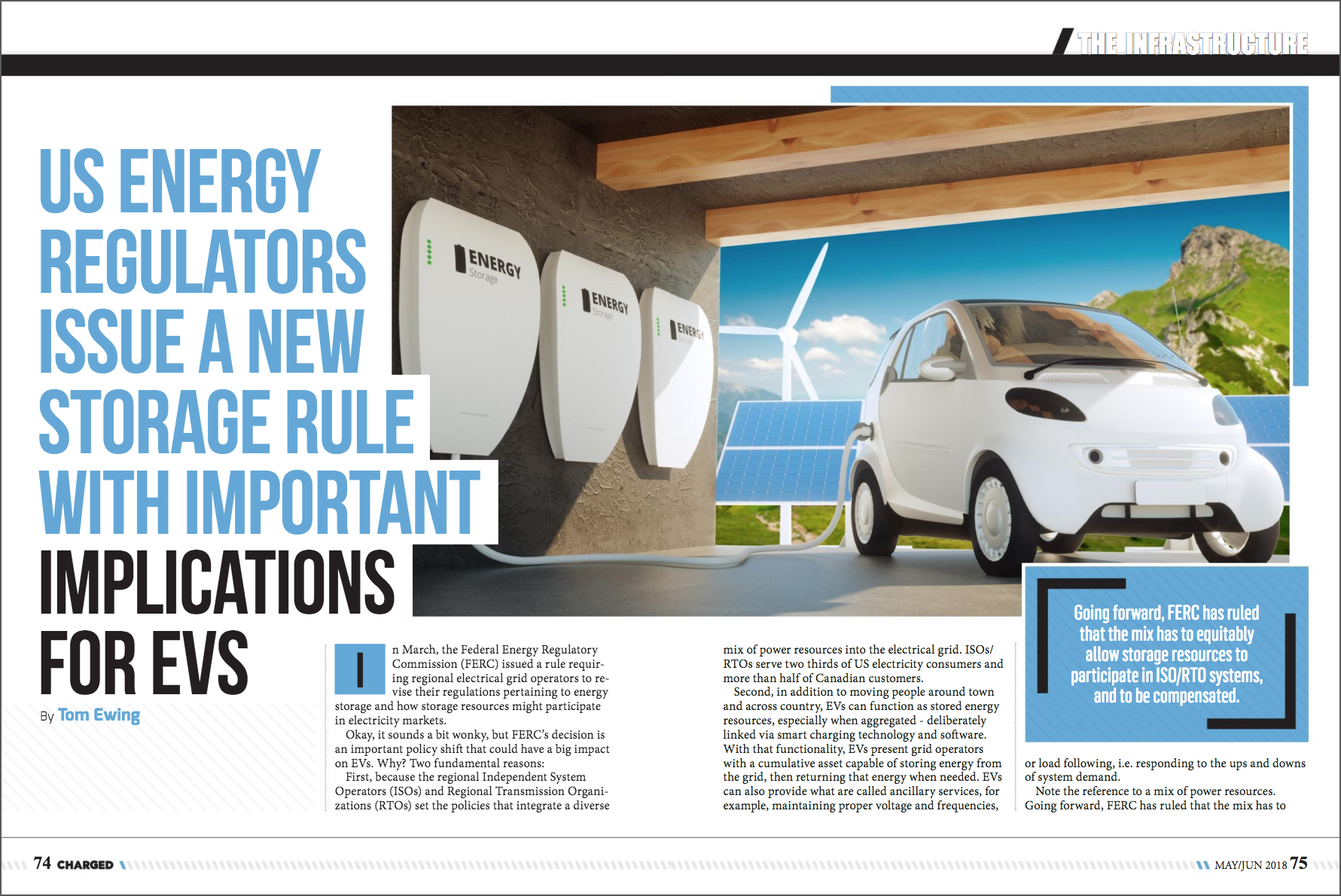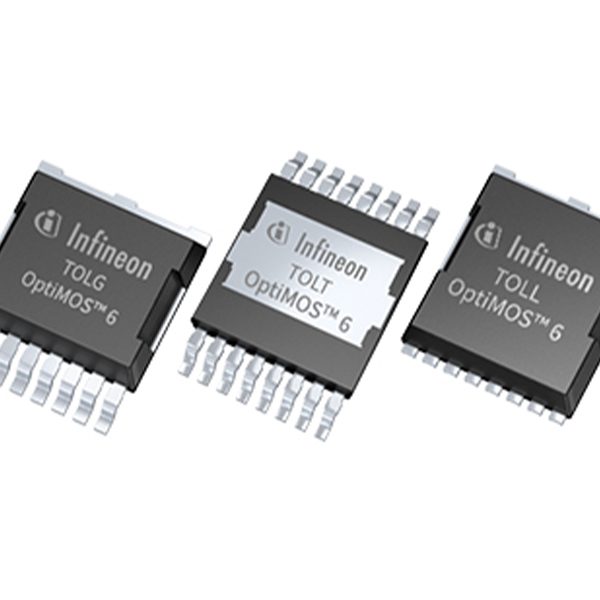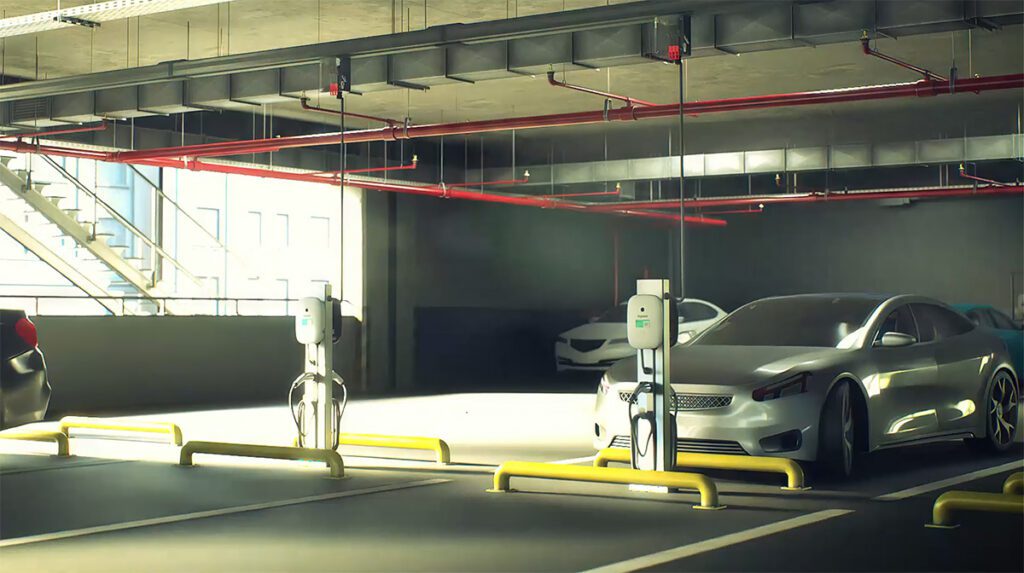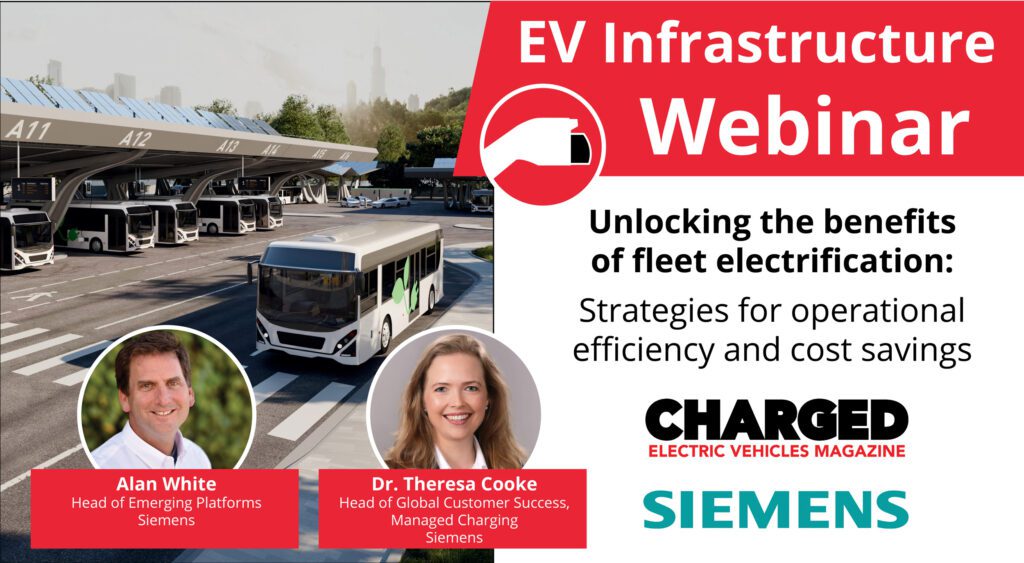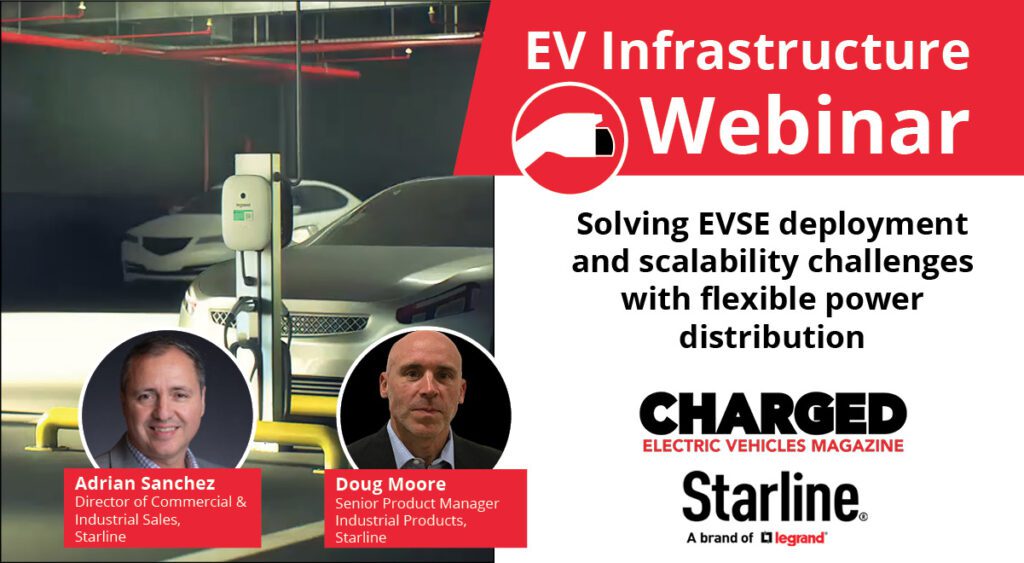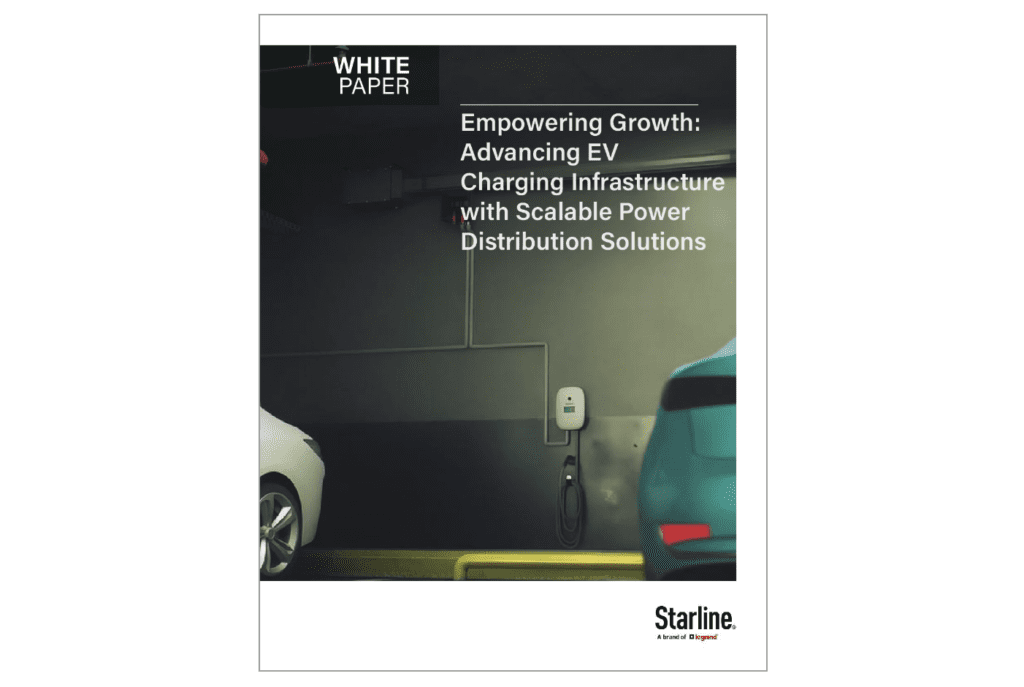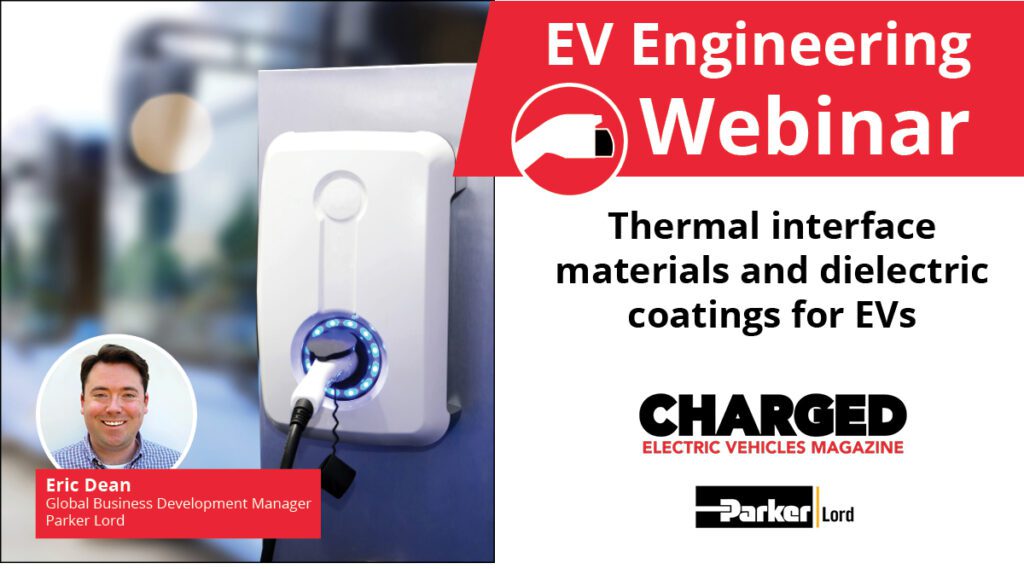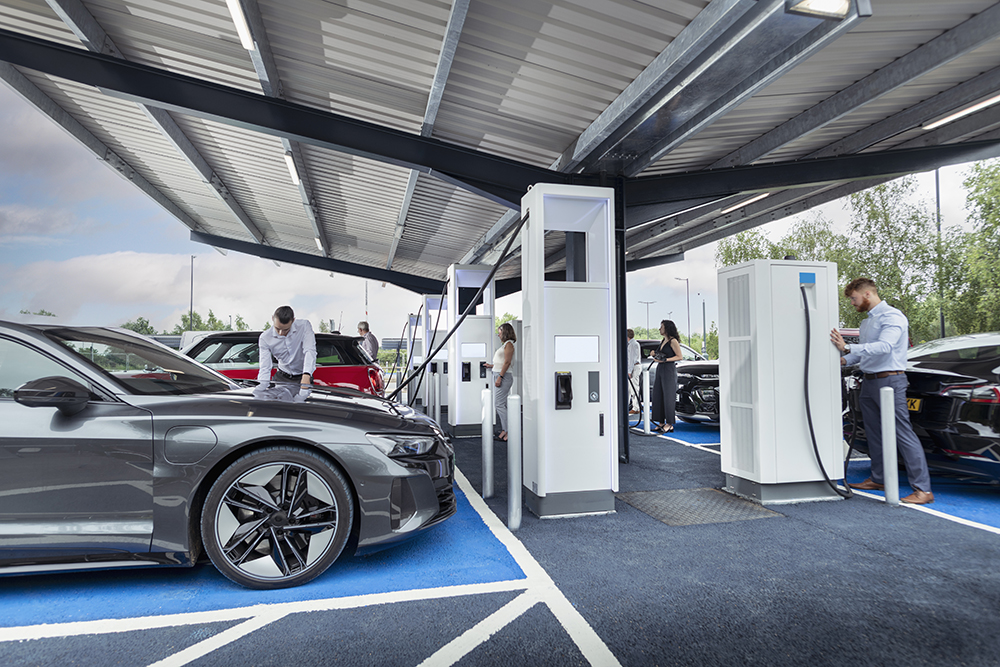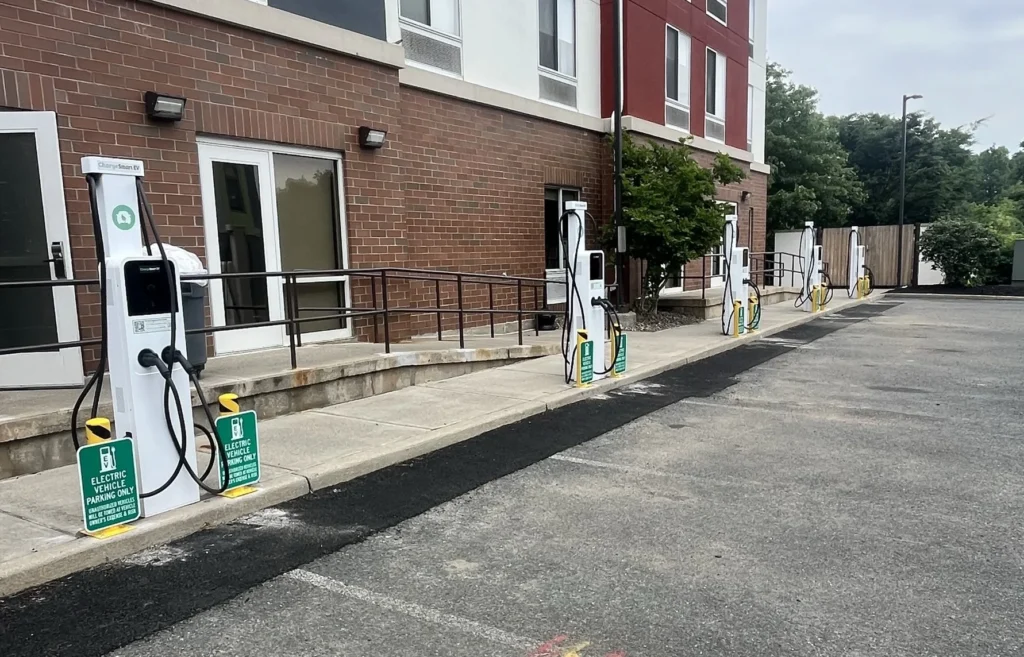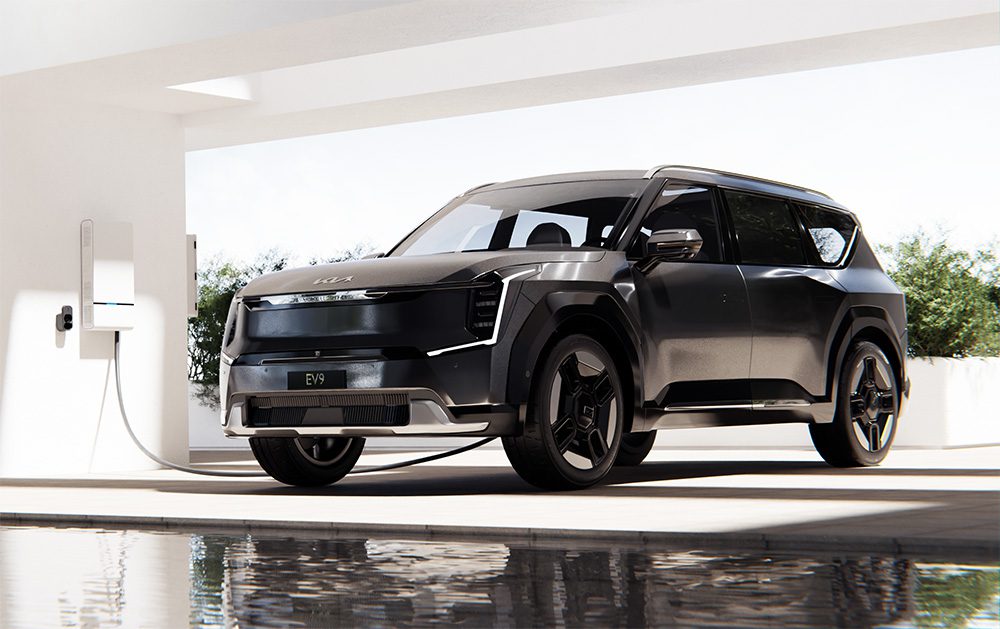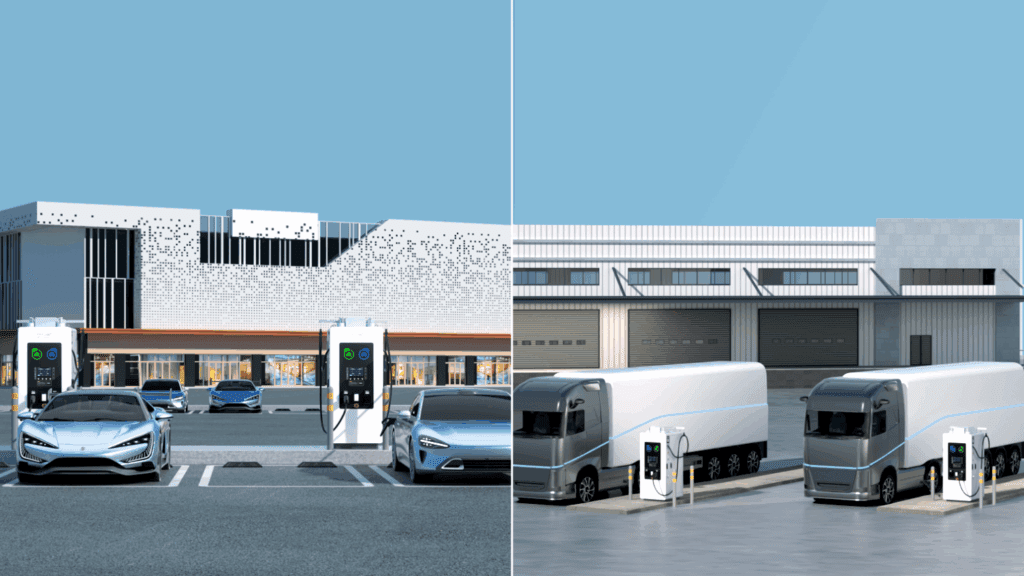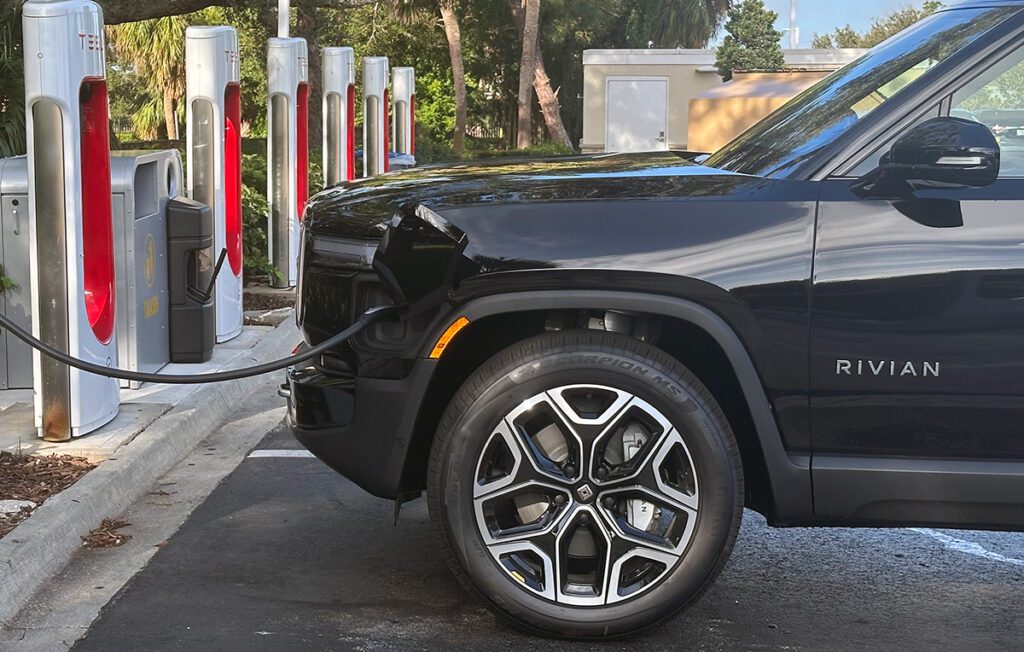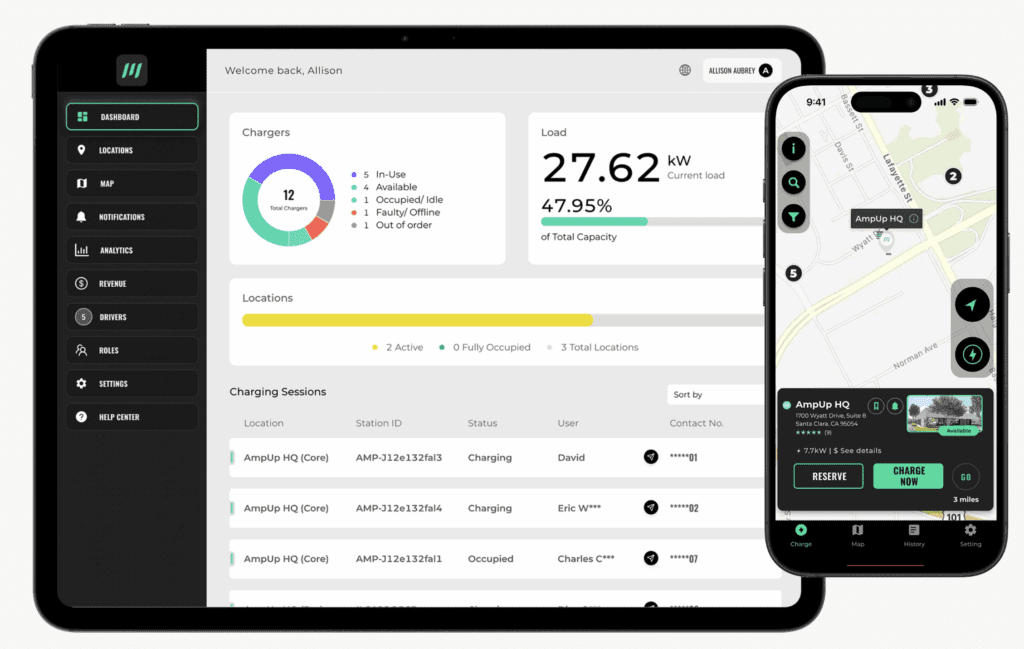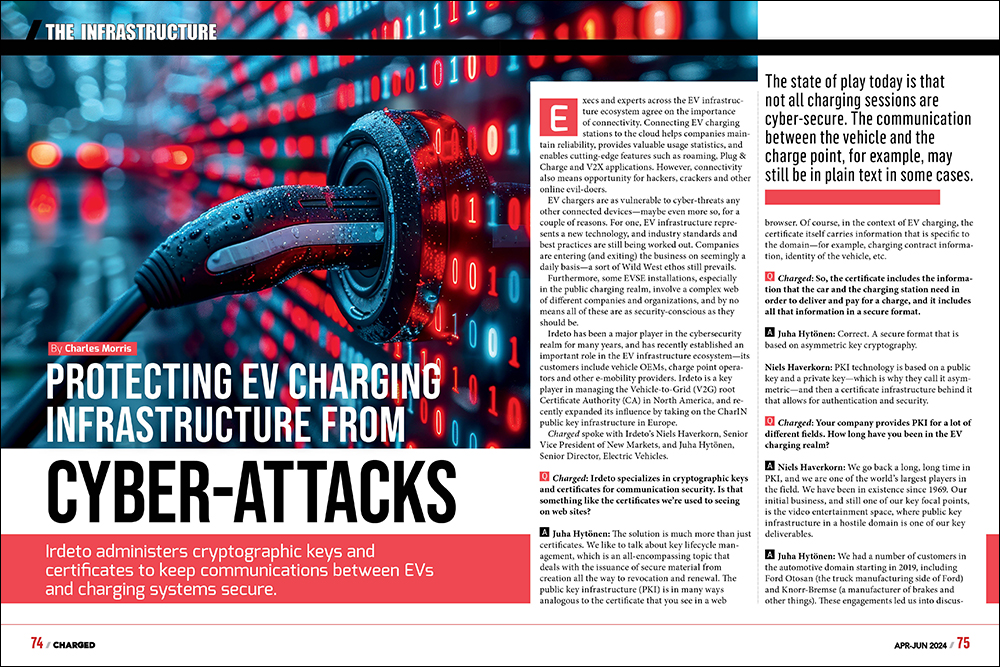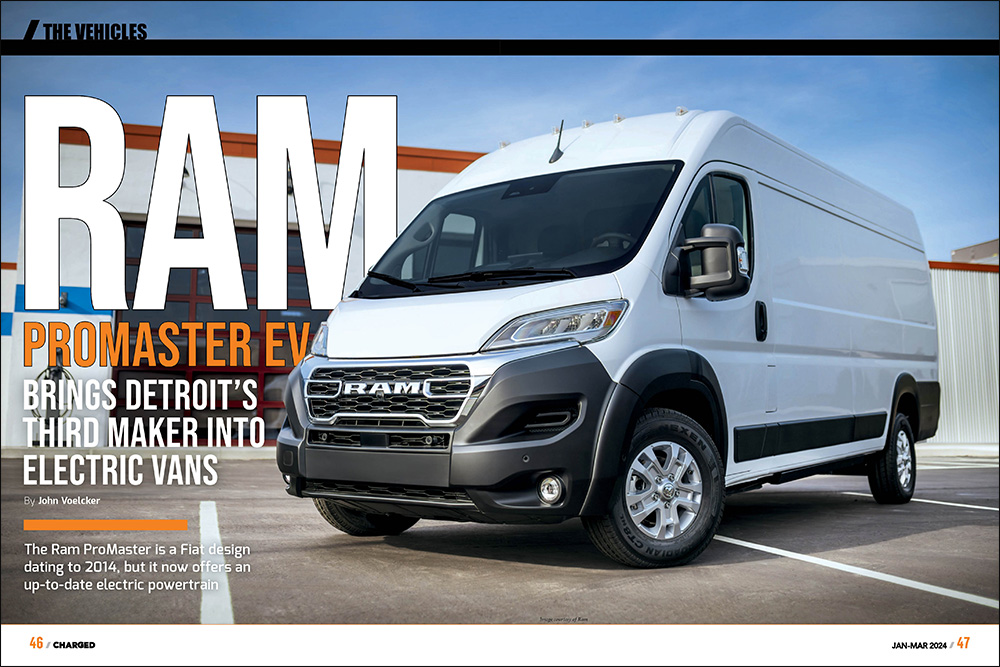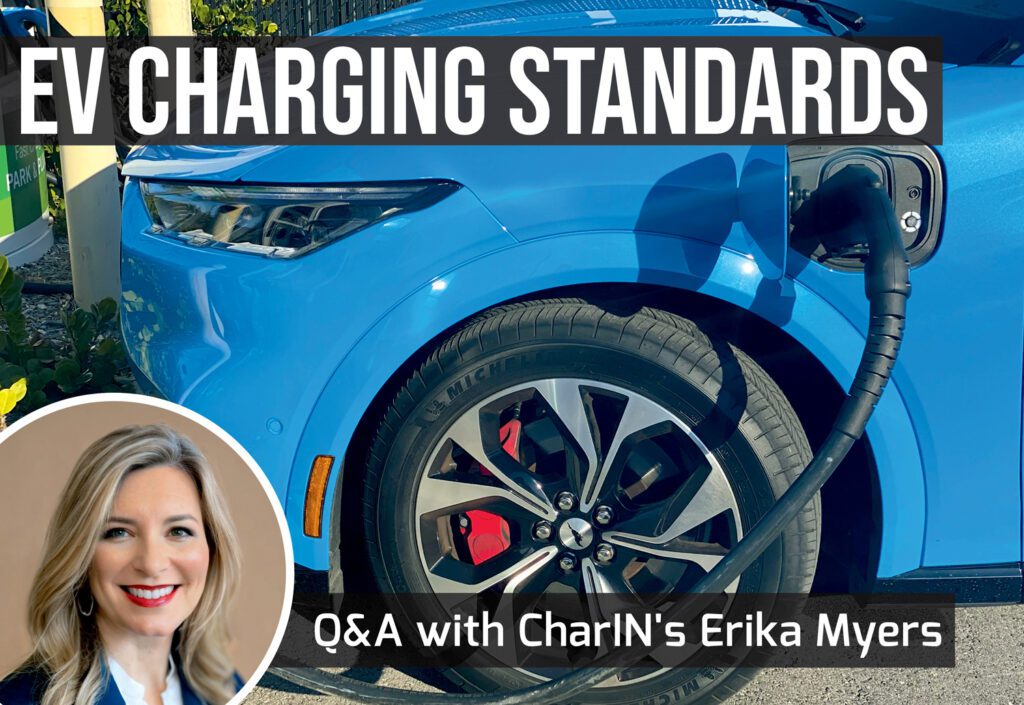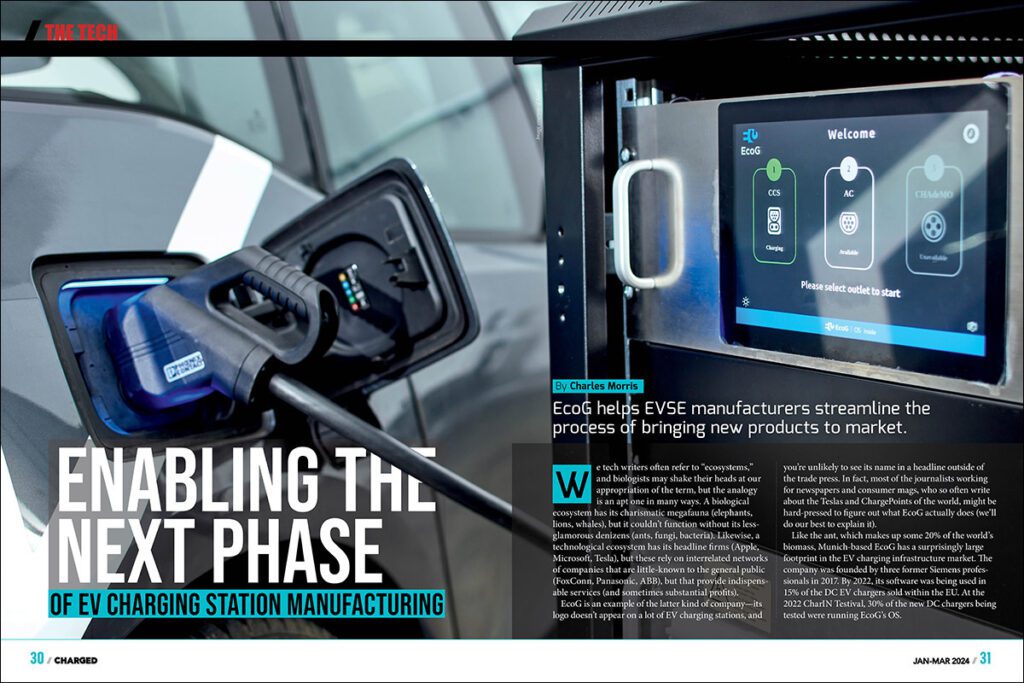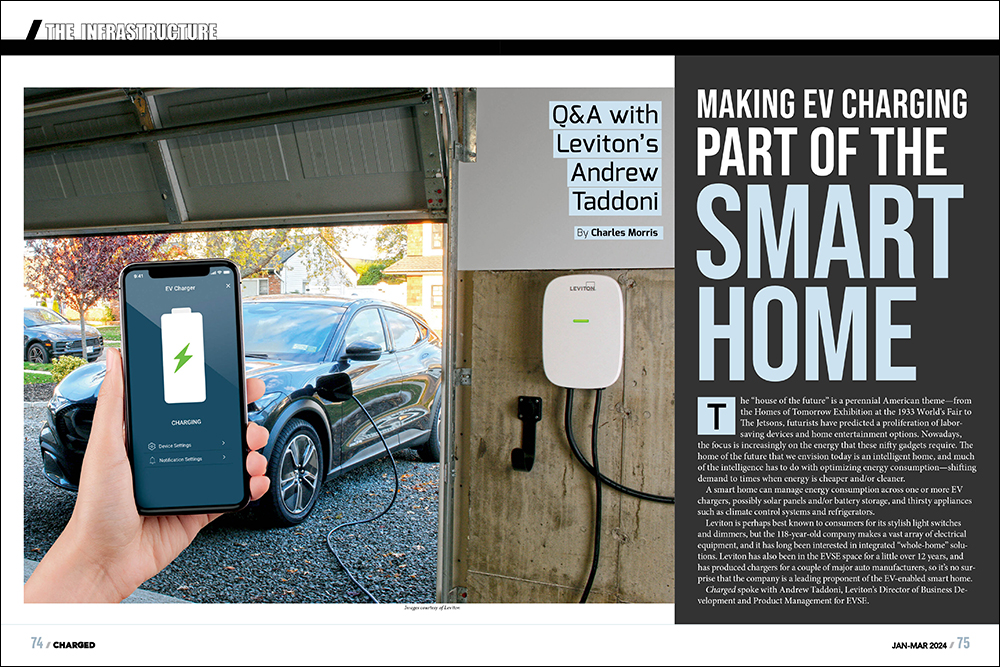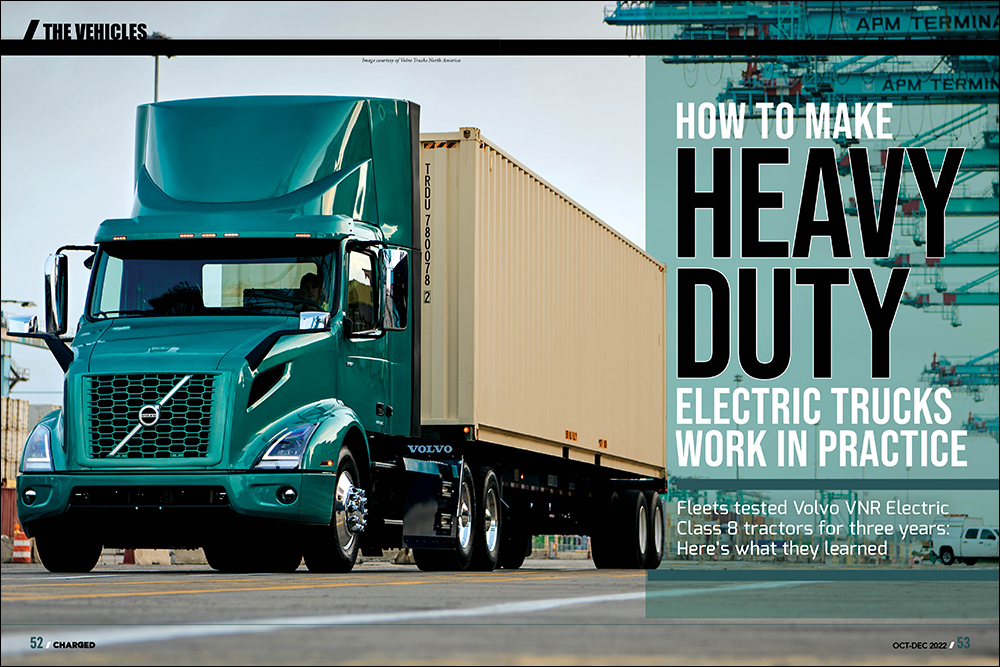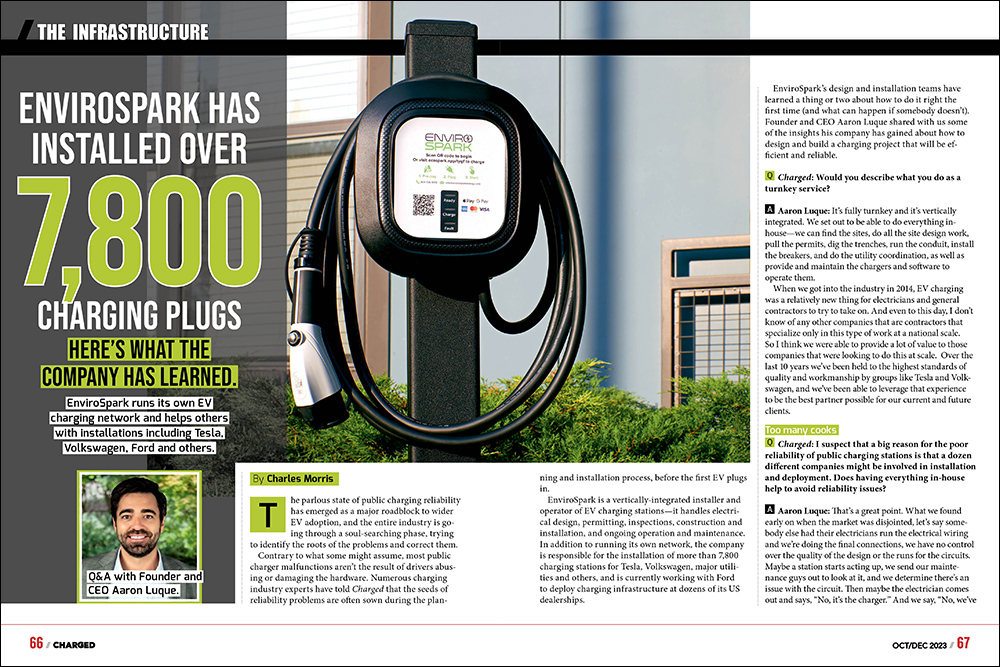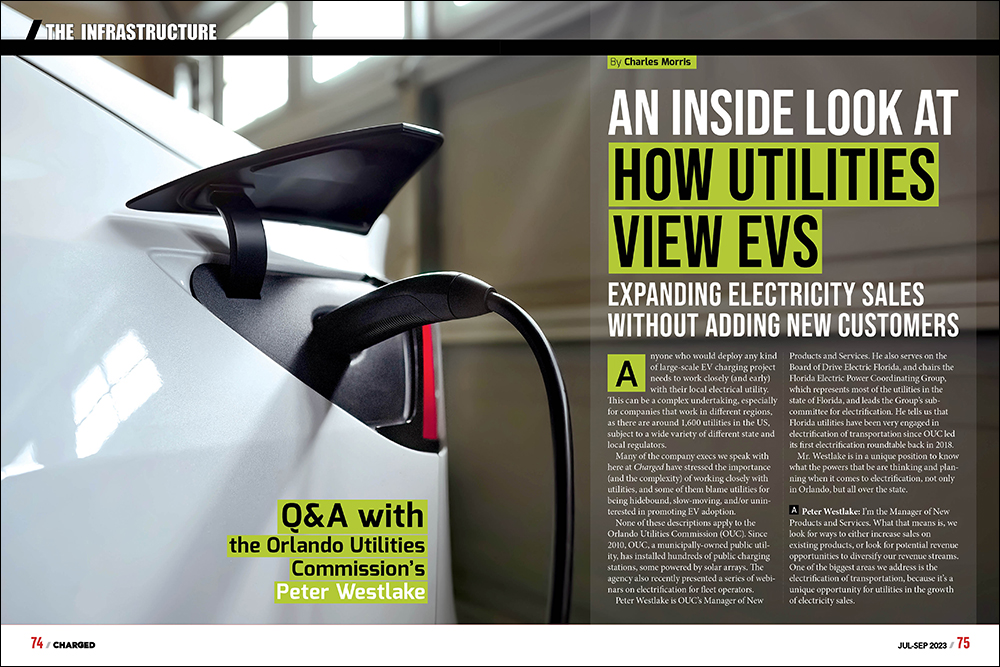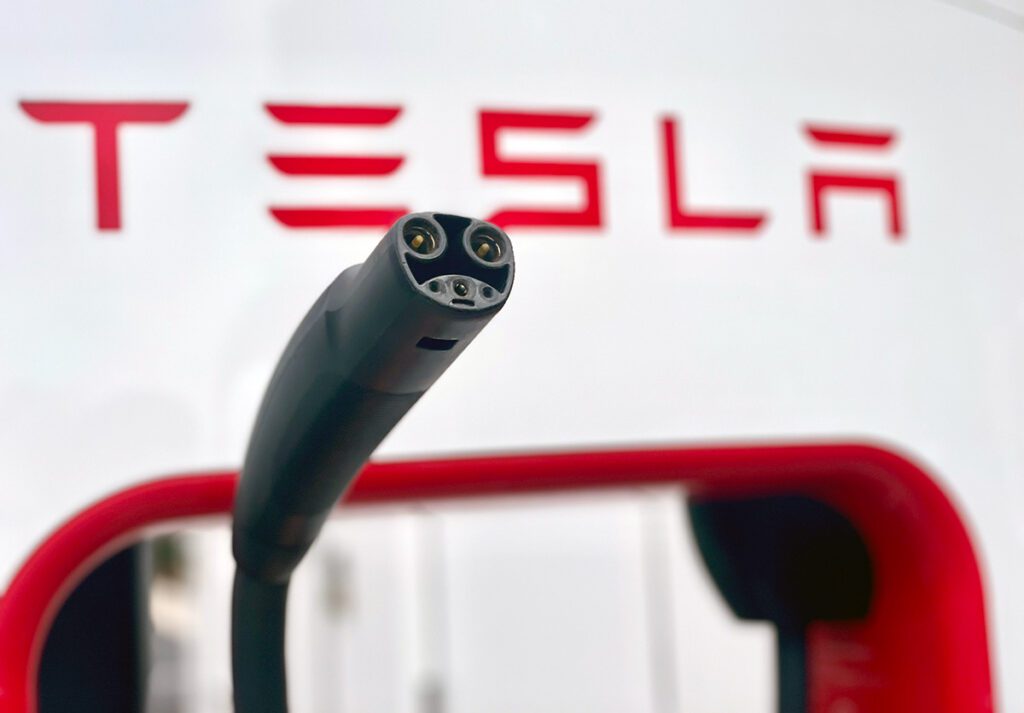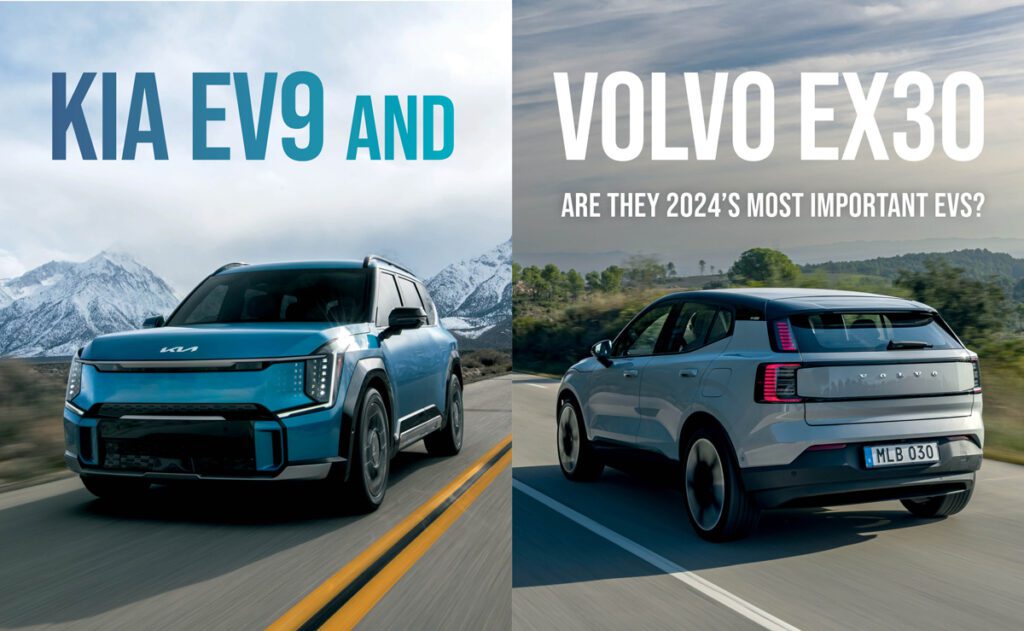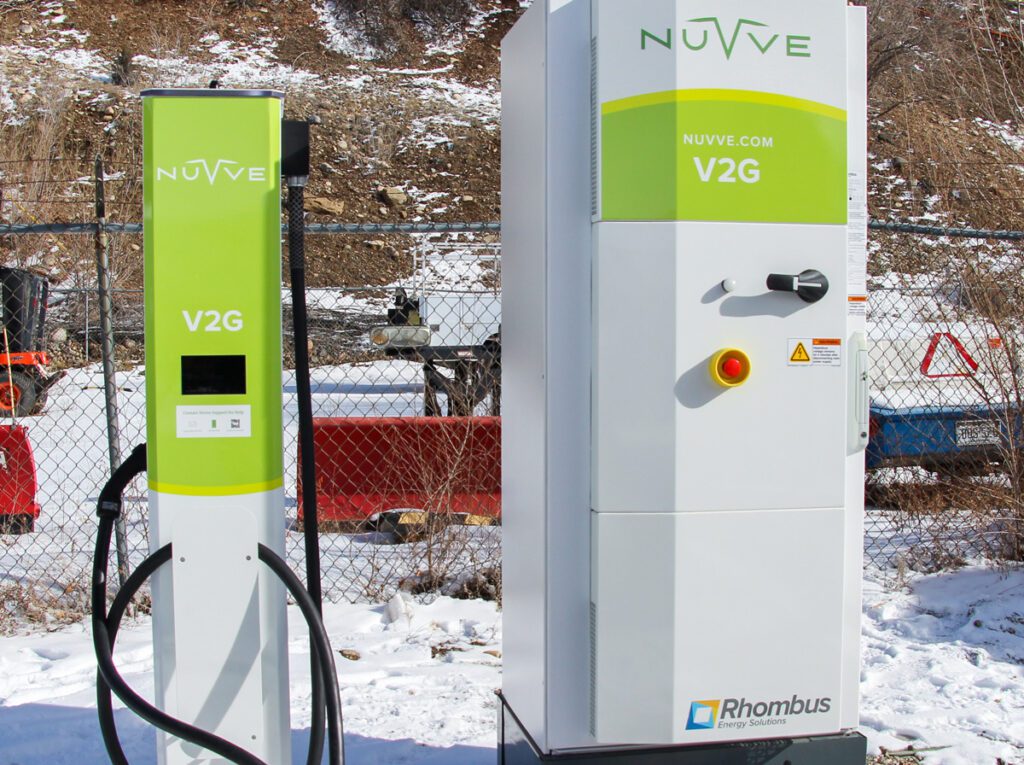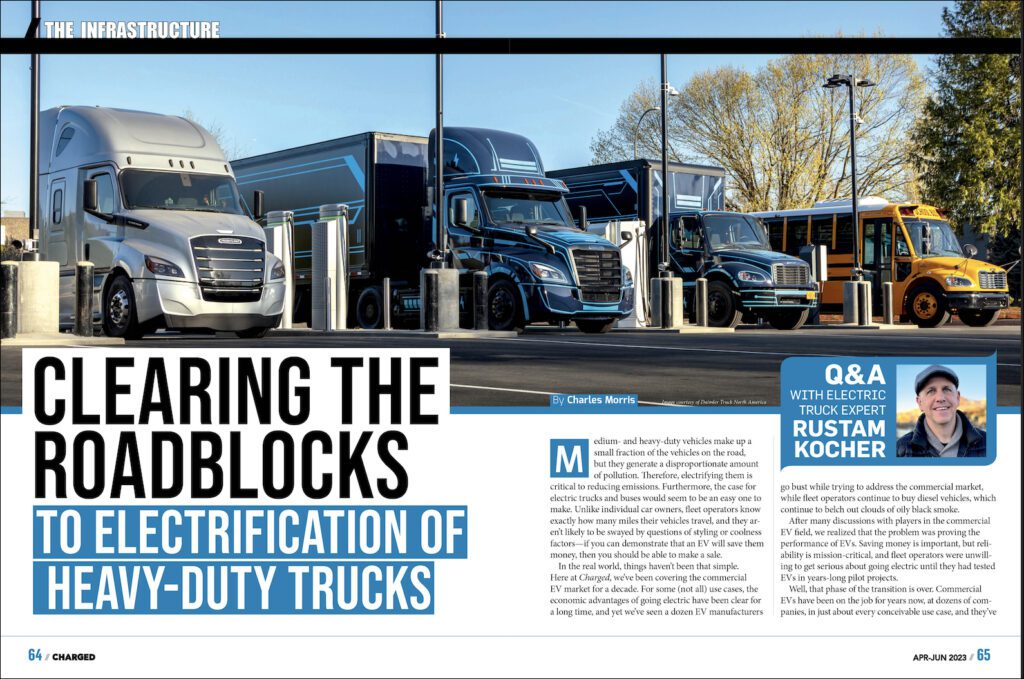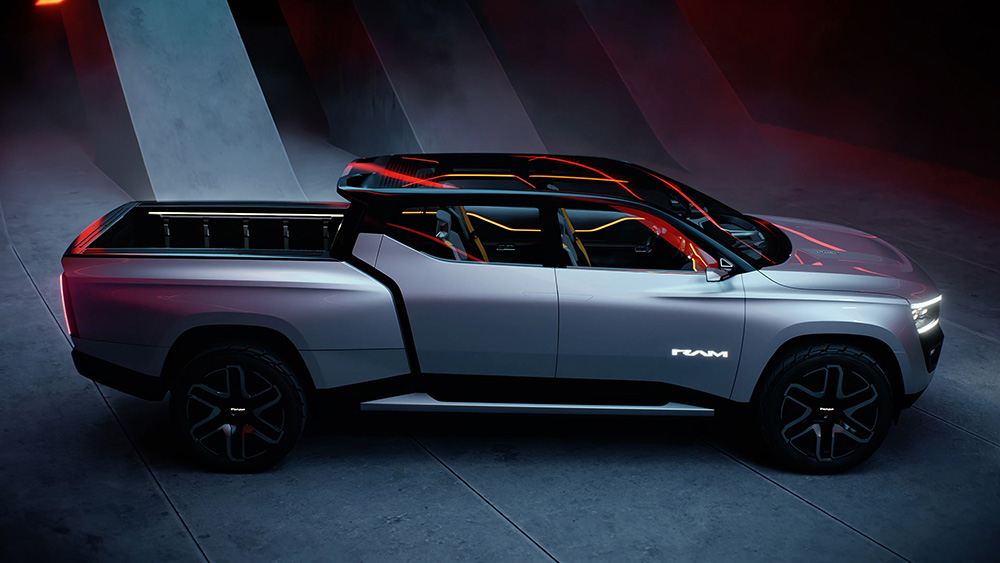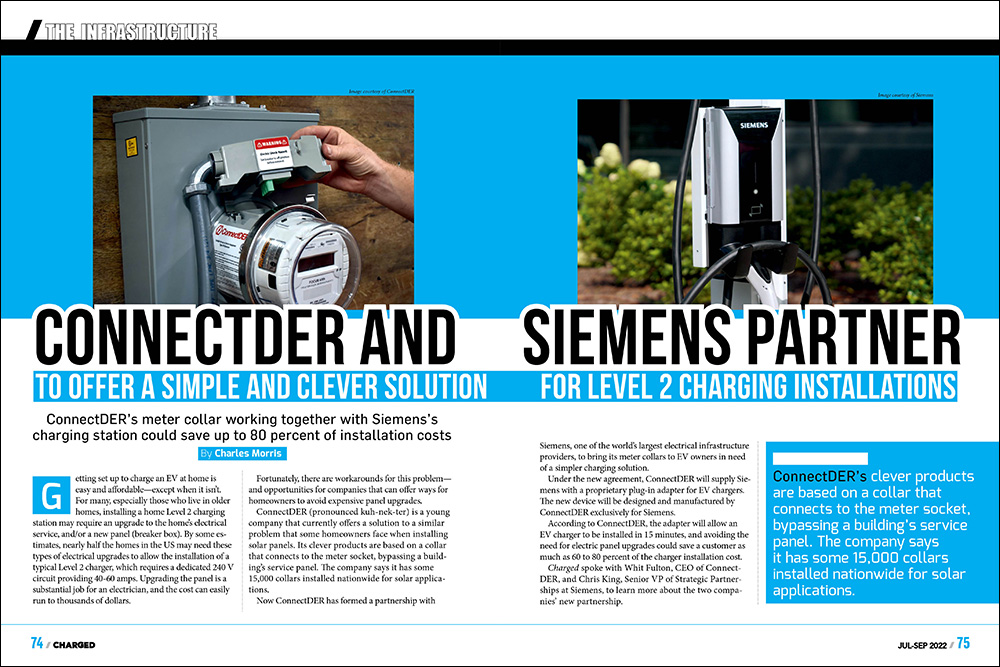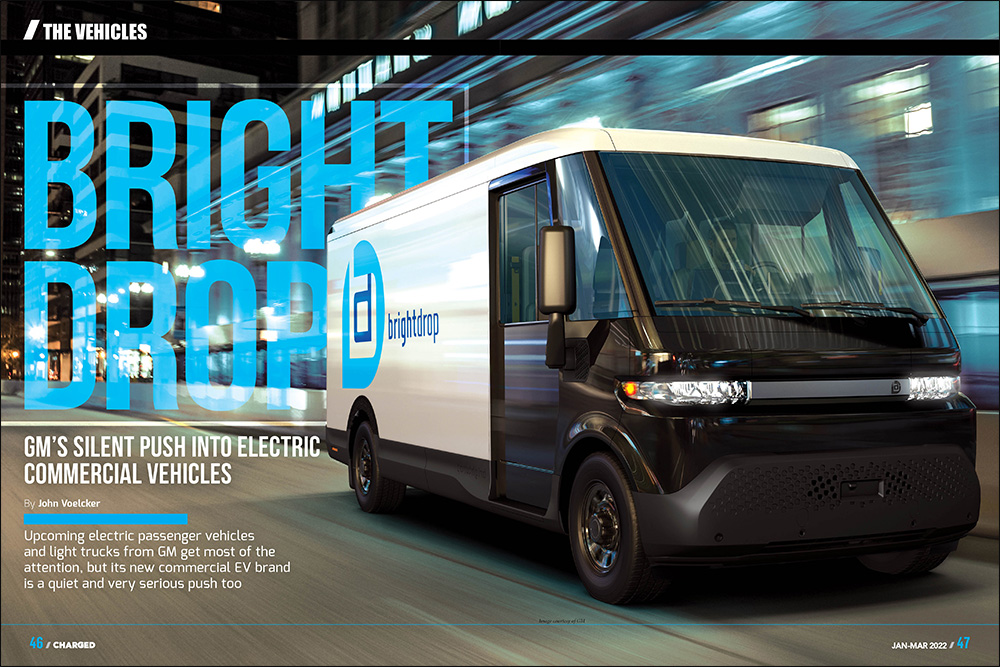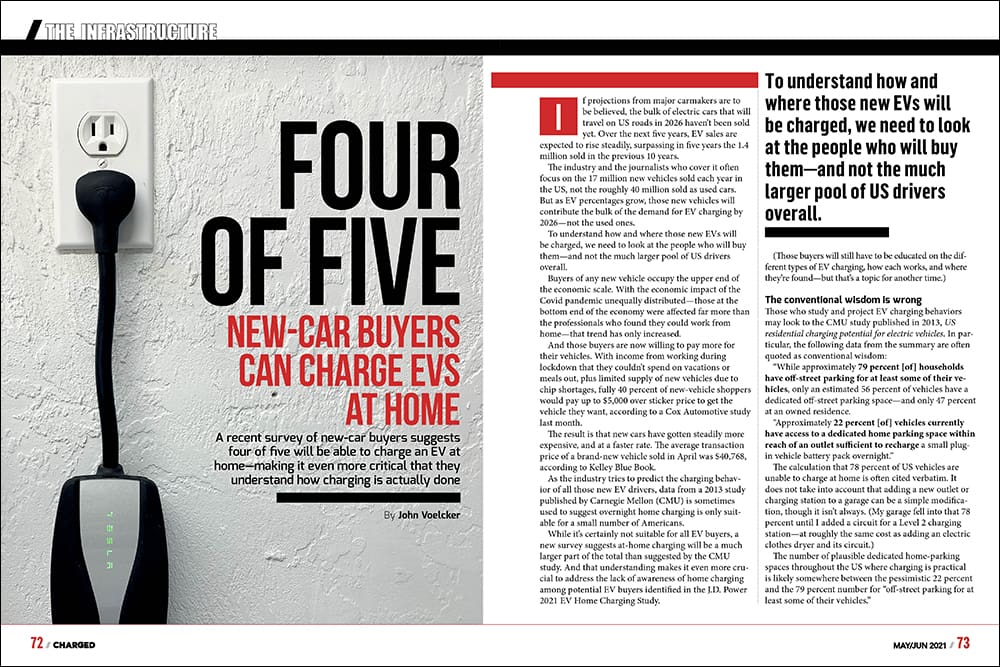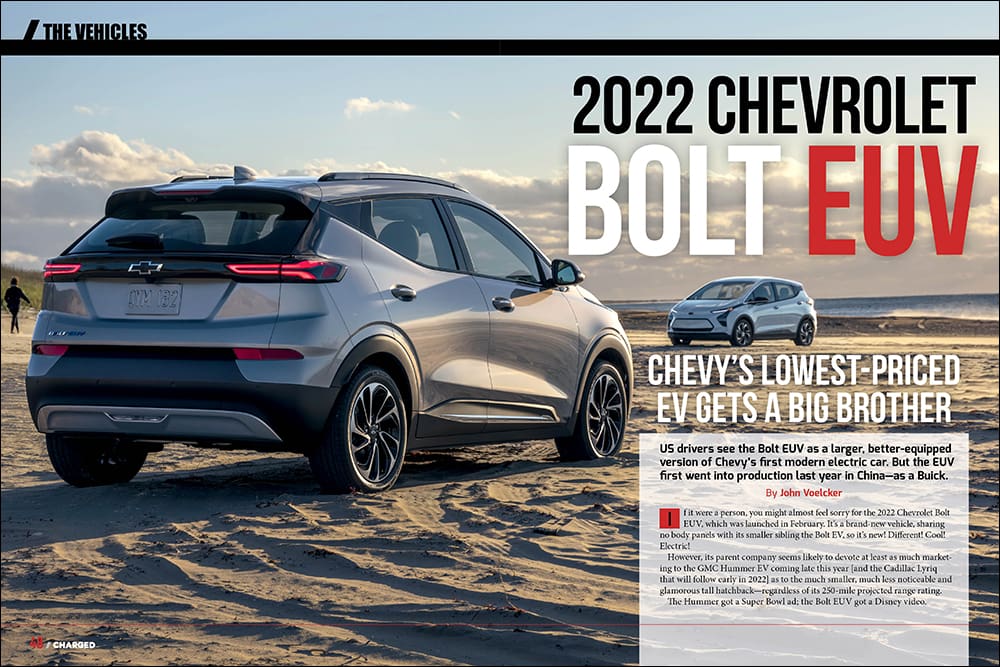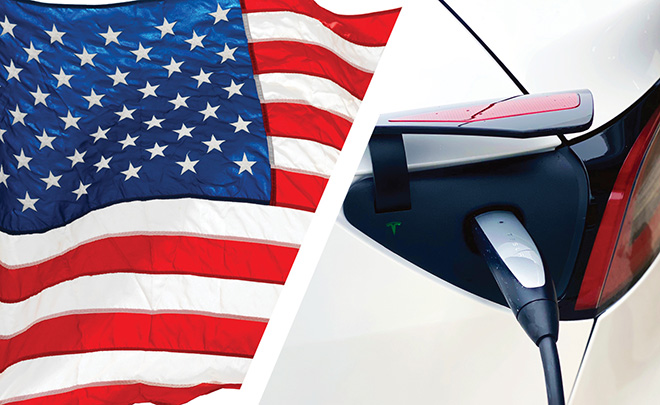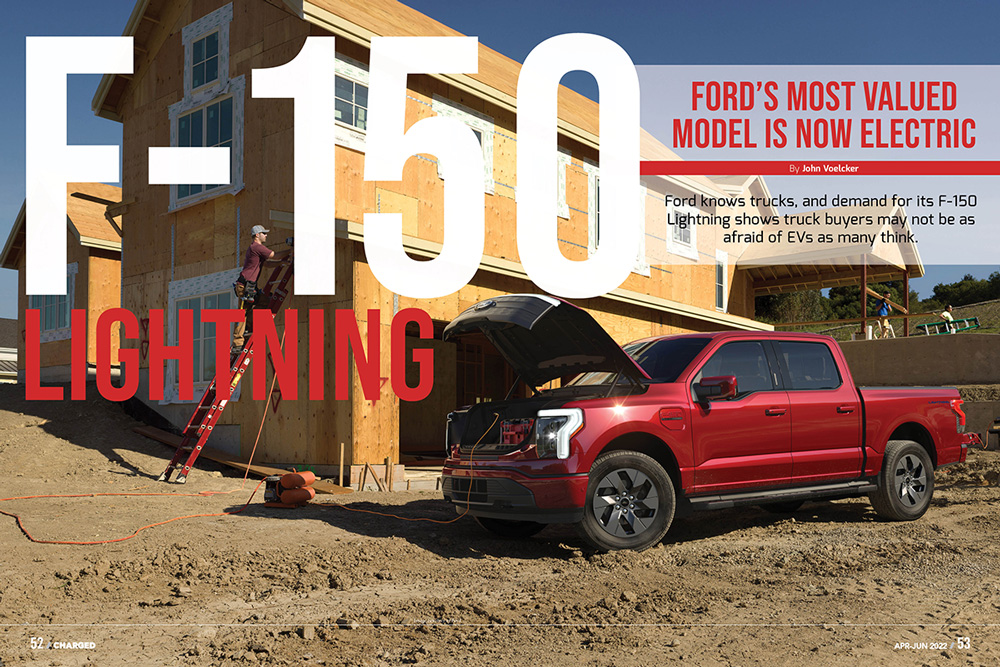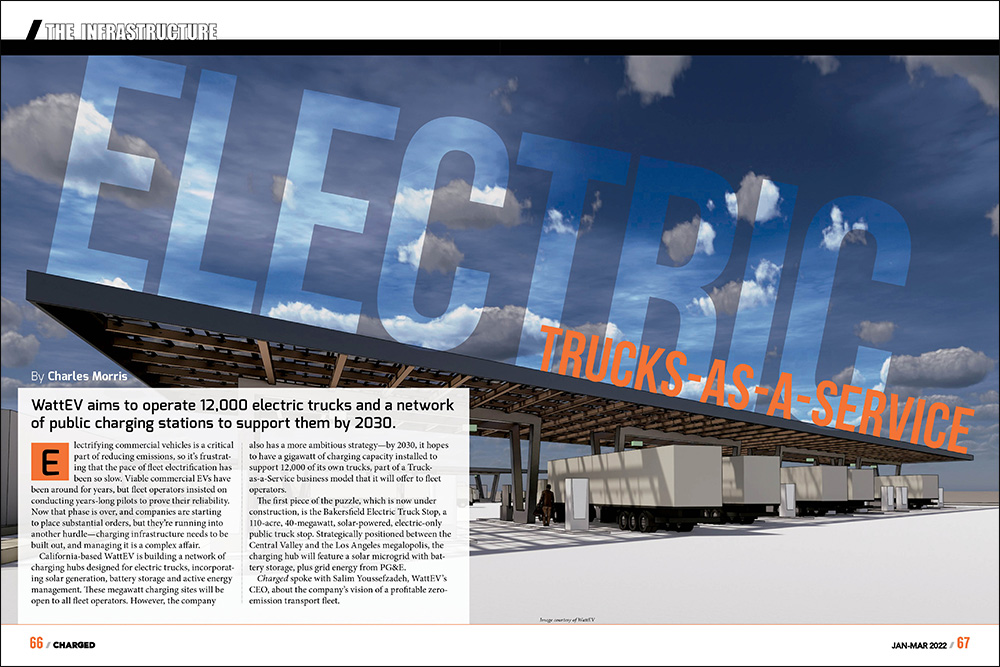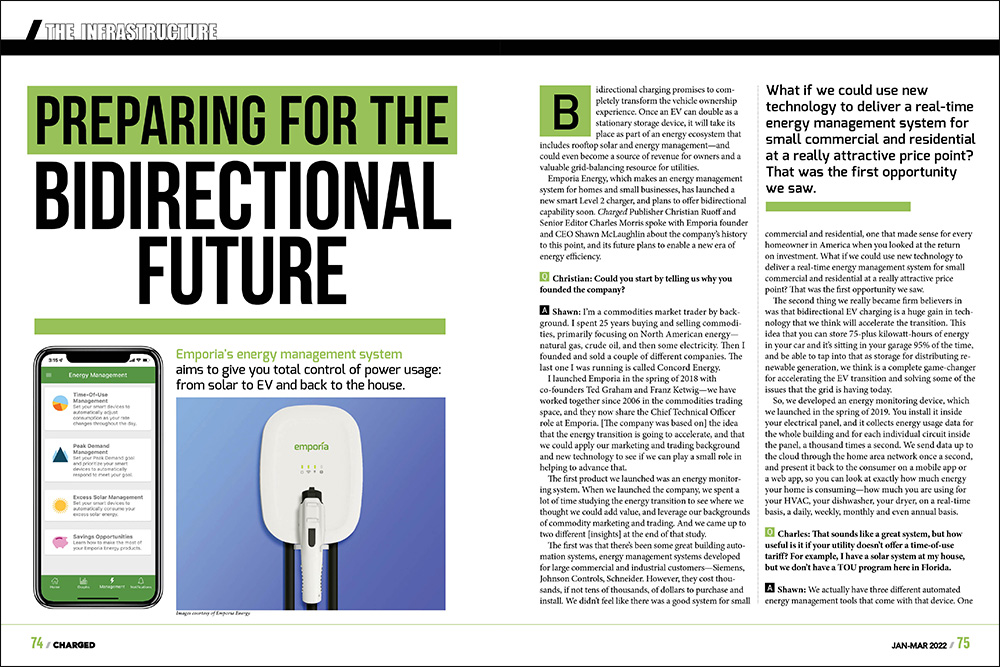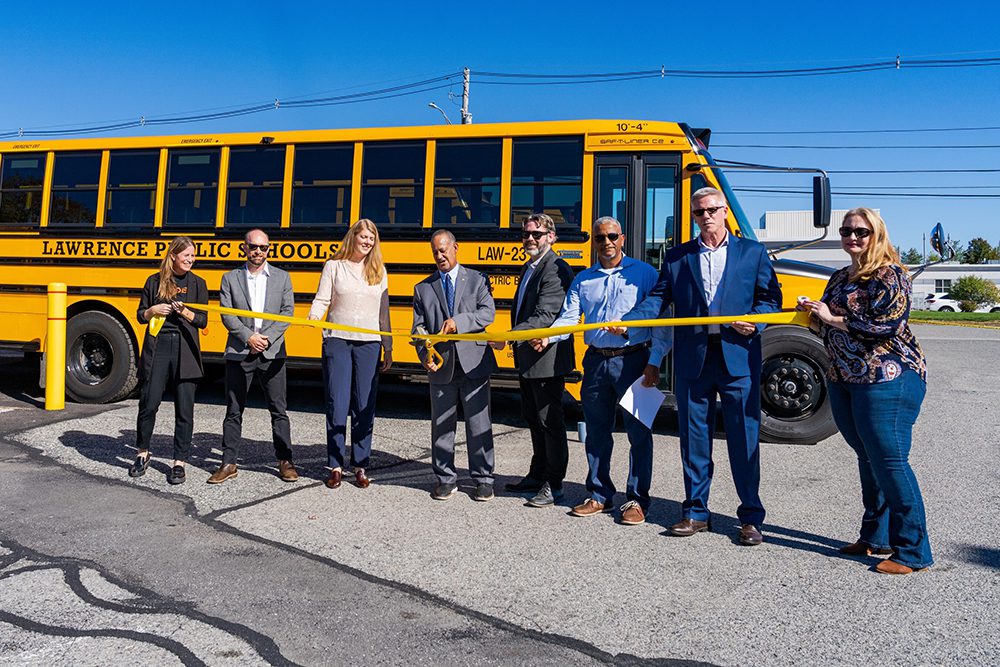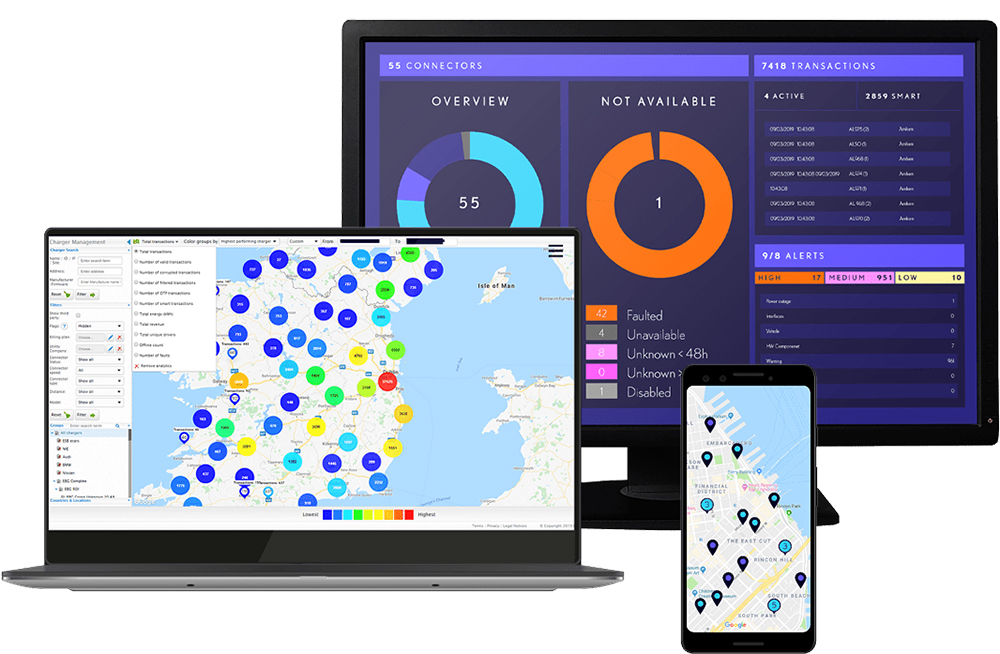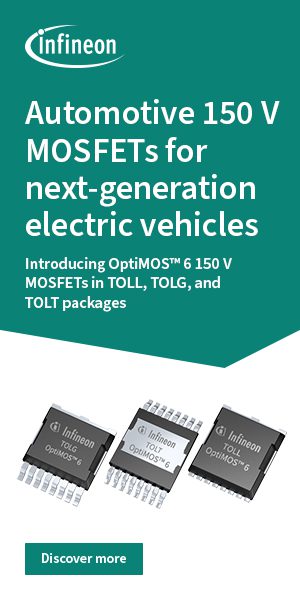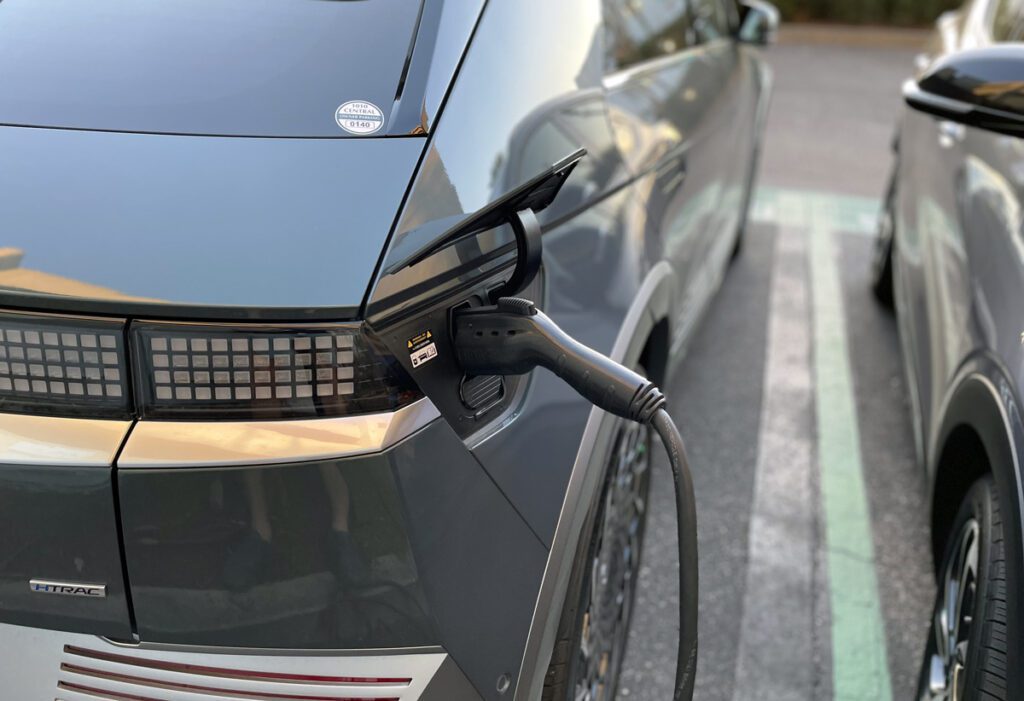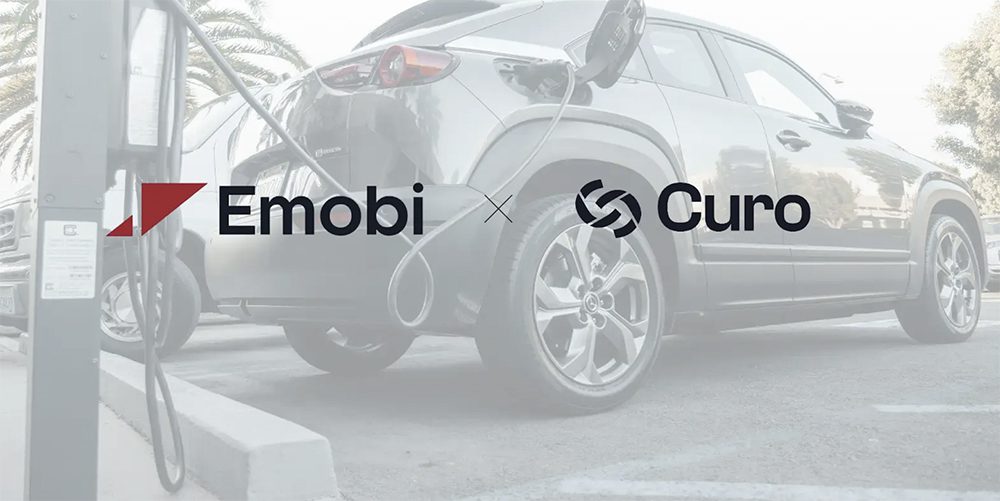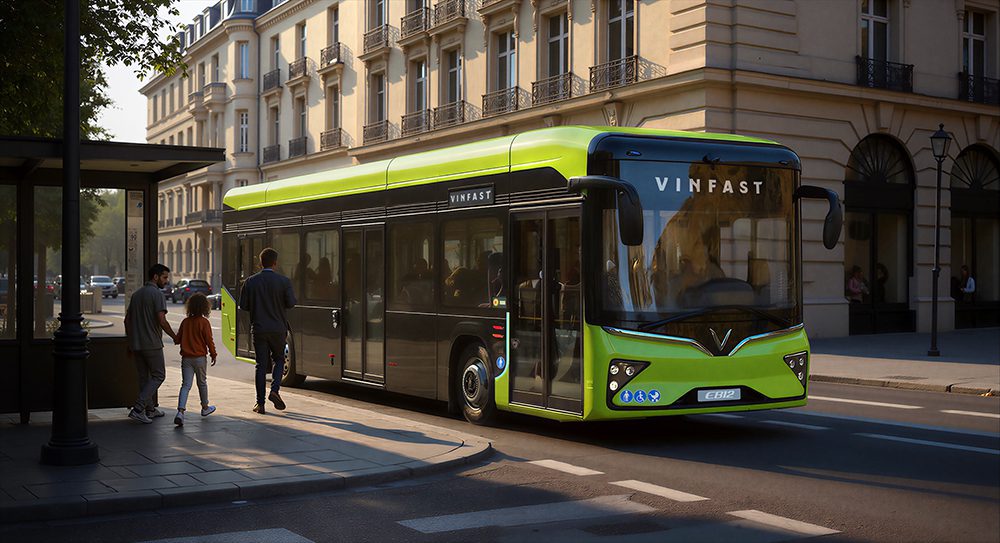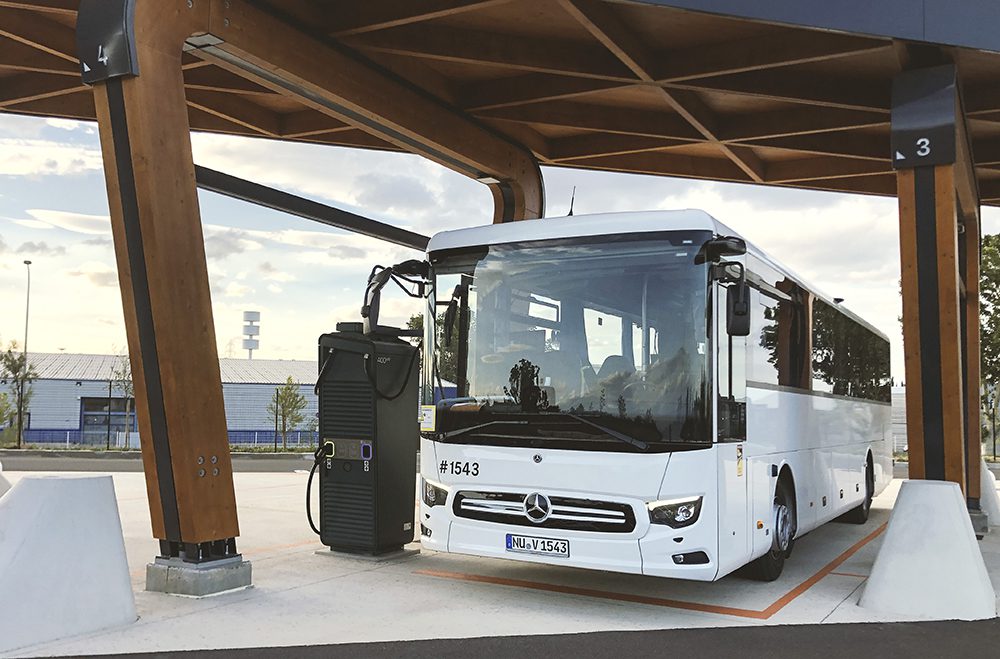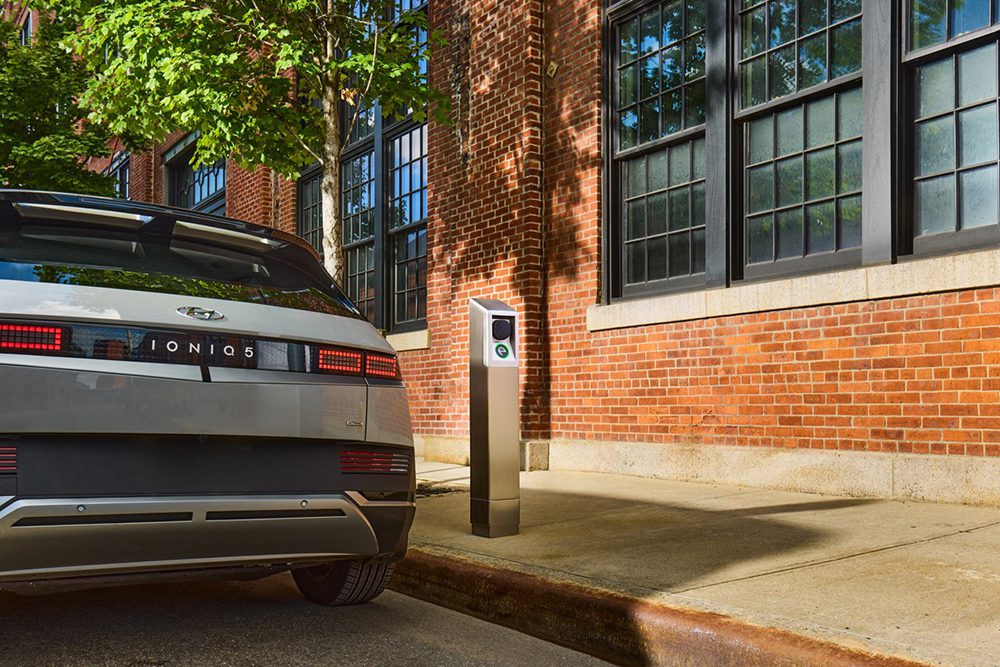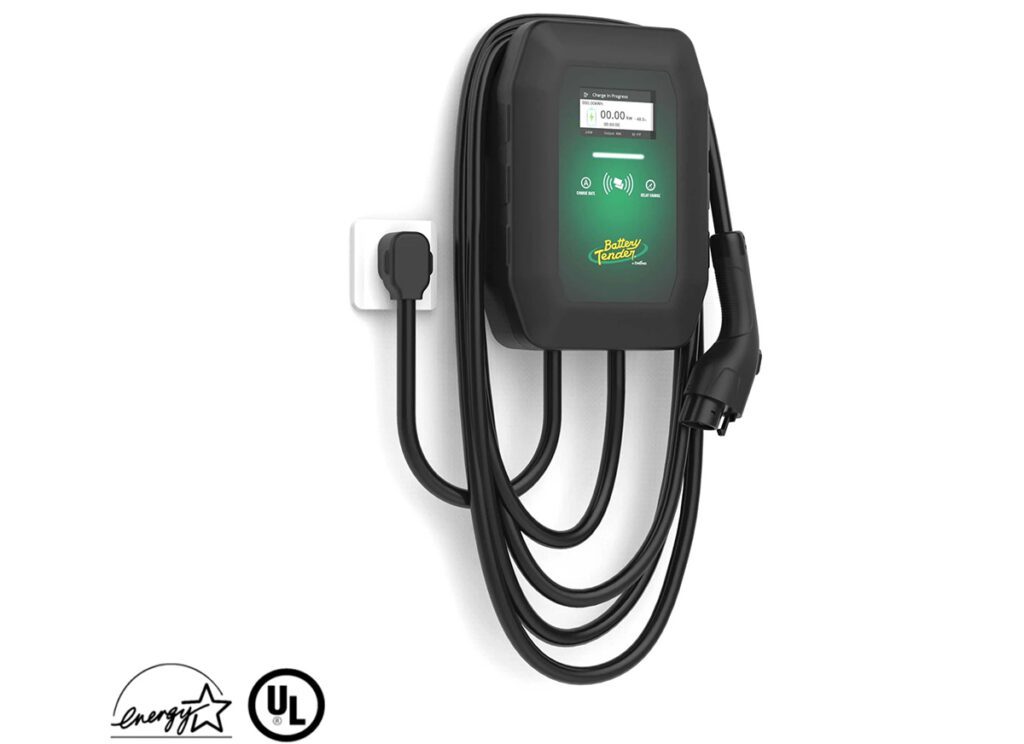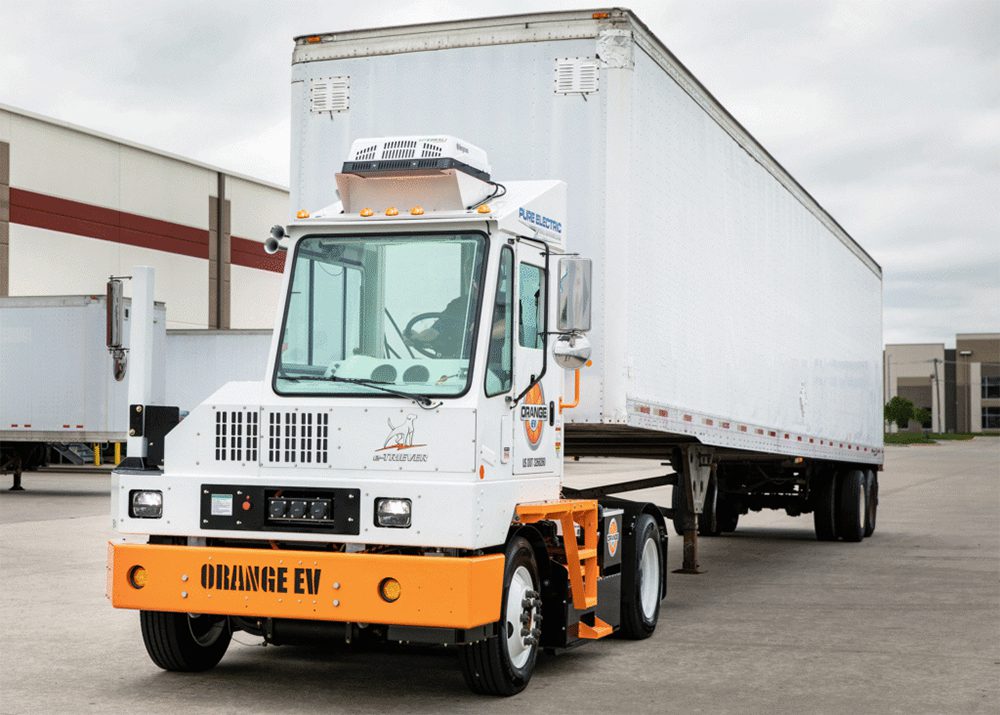In March, the Federal Energy Regulatory Commission (FERC) issued a rule requiring regional electrical grid operators to revise their regulations pertaining to energy storage and how storage resources might participate in electricity markets.
Okay, it sounds a bit wonky, but FERC’s decision is an important policy shift that could have a big impact on EVs. Why? Two fundamental reasons:
First, because the regional Independent System Operators (ISOs) and Regional Transmission Organizations (RTOs) set the policies that integrate a diverse mix of power resources into the electrical grid. ISOs/RTOs serve two thirds of US electricity consumers and more than half of Canadian customers.
Second, in addition to moving people around town and across country, EVs can function as stored energy resources, especially when aggregated – deliberately linked via smart charging technology and software. With that functionality, EVs present grid operators with a cumulative asset capable of storing energy from the grid, then returning that energy when needed. EVs can also provide what are called ancillary services, for example, maintaining proper voltage and frequencies, or load following, i.e. responding to the ups and downs of system demand.
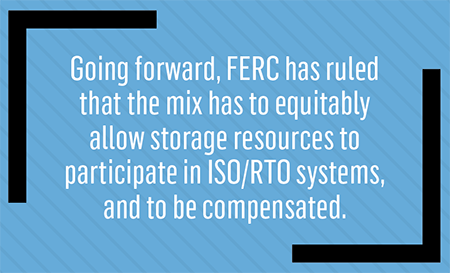
Note the reference to a mix of power resources. Going forward, FERC has ruled that the mix has to equitably allow storage resources to participate in ISO/RTO systems, and to be compensated. Storage has its own operational and technical characteristics. Many people have charged that existing market participation rules have not kept up with new technologies, and that participation remains biased towards older, more traditional resources. In an important way, FERC’s ruling modernizes electrical markets and operations.
The ISOs/RTOs now must develop new “participation models” for storage within 270 days. After public review and comment, the rules must be implemented within one year. This final rule (the draft rule was proposed in November 2016) is not specific to EVs – it references many other types of storage, including batteries, flywheels, compressed air and pumped hydro.
Because EVs are an energy resource unlike any other, EV advocates view FERC’s ruling as particularly important for EV adoption and expansion. It’s worth a closer look at some of the provisions within the rule.
First, note the way the Commission defined storage: ‘‘A resource capable of receiving electric energy from the grid and storing it for later injection of electric energy back to the grid.’’ That’s right in line with the way many people expect tens of thousands of EVs to eventually integrate with the grid.
Second, the Commission says that storage can provide competition in energy markets, obviously something that’s important for all ratepayers. Third, storage can impact efficiencies, particularly how grid operators may dispatch energy. Finally, storage can make the grid more resilient, better able to withstand or bounce back from trouble. In sum, FERC ruled that storage presents a compilation of values that should not be overlooked; storage is seen as an asset that strengthens the grid’s operations and benefits its economics.
FERC notes further that excluding storage holds this vital technical field back, since there’s no incentive to maximize storage capabilities if people and companies can’t get compensated for their work. The new rule very clearly requires compensation for all services provided by storage devices and systems eventually linked to the grid.
FERC directs the ISOs/RTOs to address four core issues:
- Establishing eligibility for storage to provide energy services
- Ensuring a wholesale market clearing price with transactions at the wholesale locational marginal price
- Accounting for physical and operational characteristics of storage
- Setting a minimum size participation requirement of 100 kW
Minimum size is important; it can vary among regions. For example, California’s ISO has had a minimum resource size of 500 kW for its energy and ancillary services markets, meaning that smaller resources are automatically excluded (unless aggregation is allowed). New York’s ISO had rules that prevented resources of less than 2 MW from participating in certain programs.
EV-makers emphasize that smaller resources can provide services in the markets and should be allowed to do so. Many markets allow resources of 100 kW and up to participate. 100 kW has become the unofficial industry standard that balances the goal of allowing all resources into the market with the amount of work required for those numerous small resources to participate. Most EV charging stations are well under 100 kW (a typical Level 2 charger, for example, is 6.6 kW).
Importantly, FERC’s new rule draws new attention to these critical aggregation questions. Within the rule, FERC announces that it will convene a technical conference in April to explore in detail how aggregated storage might best work.
When it first came out as a draft, the storage rule contained proposed reforms related to “distributed energy resource aggregations.” Distributed energy refers to multiple generation sources in place throughout a network, in contrast to centralized generation, such as a single large-scale power plant. In the final rule, FERC breaks out this topic, placing distributed energy resource (DER) aggregation into its own official study and policy area.
Consider 10,000 EVs parked during the workday, their batteries charging with cheap solar energy. Later, when it’s dark, and residential heating or cooling demands additional power, grid operators could tap the solar energy stored earlier in those 10,000 EVs to help meet system demand. (Researchers have found that privately owned cars – whether EVs or ICE vehicles – are parked most of the time.)

Exactly how this potential energy give-and-take dynamic might work, however, is far from settled. That’s why FERC’s upcoming technical conference is so important.
Vehicle-to-grid integration (VGI) technology promises a wide range of electrical and energy benefits, but it’s still largely theoretical at this point or, as one expert put it, still in a “pre-commercial phase.” This person (who would only comment on background) pointed out that “none of the major vehicle manufacturers today allow energy to be discharged from their EV product,” although many automakers and suppliers are testing and studying the capability.
FERC’s upcoming conference will surely help untangle this complicated subject. Again, it’s important that this is happening at the ISO/RTO level; that broad scope adds to regulatory efficiencies regarding subsequent moves by individual states and the utilities operating within the ISO/RTO regions.
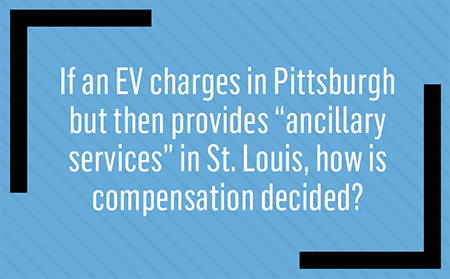
FERC’s technical conference will cover a range of tough issues. For example, one session will focus on how DERs in multiple locations (or nodes) can be compensated for energy and grid services. Unlike, say, a fixed storage project, EVs move around. They can be in different utility service areas daily. If an EV charges in Pittsburgh but then provides “ancillary services” in St. Louis, how is compensation decided? To parse this issue even further, it still needs to be clarified whether each small storage device can be counted as a “participant,” or whether that benefit just accrues to the service that actually aggregates, and delivers, the much more substantial level of power.
Another major area for regulators: integrating new ISO/RTO storage proposals with the concerns of state public utility commissions. FERC’s conference includes seven technical panels, each one presented with multiple questions.
109 individuals, organizations and companies filed comments on FERC’s storage proposal. Generally, the comments show support for FERC’s idea that, storage does indeed present value that should be compensated. There’s still a lot of difficult work ahead, though.
Advanced Energy Economy (AEE) – a national business group whose work focuses on a secure, clean, and affordable global energy system – filed extensive comments with FERC. Overall, after reviewing FERC’s final rule, AEE’s team was pleased with the direction and content of FERC’s decision-making.
Maria Robinson, AEE’s Director of Wholesale Markets, noted that while there is certainly plenty of “devil in the details” work to come, FERC’s final rule “gets this topic moving. It sets certainty for markets and gives a sense of certainty for investors.” She noted the value of FERC’s singular authority – without it, many of the difficult issues in the proposed rule might instead have to await policy and regulatory proceedings in multiple settings, perhaps even among the individual states. FERC’s move was progressive, in a wholesale kind of way.
Jeff Dennis, AEE’s Counsel for Wholesale Markets and Regulatory Affairs, said the big advance with the storage rule was that FERC removes technical barriers; the rule establishes that “sources can provide services in different ways.” Dennis noted that FERC’s definition of storage – receiving and sending energy – creates “a pathway for other hardware changes.” Importantly, he added, these are changes “at scale,” affecting big territories, big enough to make a difference.
Next steps will likely develop rather quickly. As noted, the ISOs/RTOs have to present their inclusive participation models in nine months. FERC’s technical conference and follow-up will be concurrent with that work. And there’s likely a third front ready to go: think of all the private-sector brain power doubling down on this now that people know they have a chance to get in the game.
This article originally appeared in Charged Issue 37 – May/June 2018 – Subscribe now.


